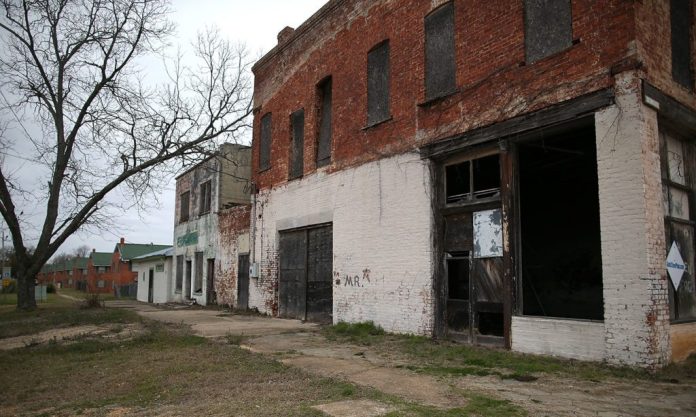he first wave of the Black Lives Matter movement, which crested after the 2014 police killing of Michael Brown in Ferguson, had the support of fewer than half of White Americans.
Given that Americans tend to have a narrow definition of racism, many at that time were likely confused by the juxtaposition of Black-led protests, implying that racism was persistent, alongside the presence of a Black family in the White House. Barack Obama’s presidency was seen as evidence that racism was in decline.
The current, second wave of the movement feels different, in part because the past months of protests have been multiracial. The media and scholars have noted that Whites’ sensibilities have become more attuned to issues of anti-Black police violence and discrimination.
After the first wave of the movement in 2014, little systemic change occurred in response to demands by Black Lives Matter activists. Does the fact that Whites are participating in the current protests in greater numbers mean that the outcome of these protests could be different? Will Whites go beyond participating in marches and actually support fundamental policy changes to fight anti-Black violence and discrimination?
As a scholar of political science and African American studies, I believe that lessons from the civil rights movement 60 years ago can help answer those questions.
Principles didn’t turn into policy
The challenges that Black Americans face today do not precisely mimic those of the 1960s, but the history is still relevant.
During the civil rights movement of the mid-20th century, Black freedom fighters made concerted efforts to show White Americans the kinds of racial terrorism the average Black American lived under.
Through the power of television, Whites were able to see with their own eyes how respectable, nonviolent Black youth were treated by police as they sought to push the U.S. to live up to its creed of liberty and equality for all of its citizens.

Monumental legislation such as the Civil Rights Act of 1964 and the Voting Rights Act of 1965 passed, purportedly guaranteeing protection from racial discrimination in many public spaces and equal opportunity to register to vote and cast a ballot.
Additionally, Whites were increasingly likely to report attitudes that many would now view as nonracist over the next decades. For example, White Americans were more willing to have a non-White neighbor. They were less likely to support ideas of biological racism or the idea that Whites should always have access to better jobs over Blacks.
But these changed values and attitudes among Whites never fully translated into support for government policies that would bring racial equality to Blacks.
White Americans remained uncommitted to integrating public schools, which has been shown to drastically reduce the so-called racial achievement gap. Whites never gave more than a modicum of support for affirmative action policies that sought to level the playing field for jobs and higher education.
This phenomenon—the distance between what people say they value and what they are willing to do to live up to their ideals – is so common that social scientists have given it a name: the principle-policy gap.
White Americans’ direct witness of police brutality led to a shift in racial attitudes and the passage of significant legislation. But even these combined changes did not radically change the face of racial inequality in American society.
Going backward
By the 1970s and 1980s, political leaders would capitalize on Whites’ sentiments that efforts for racial equality had gone too far.
That created an environment that allowed the retrenchment of civil rights-era gains. The Republican Party’s so-called “Southern Strategy,” which aimed to turn White Southern Democrats into Republican voters, succeeded in consolidating the support of White Southerners through the use of racial dog whistles. And the War on Drugs would serve to disproportionately target and police already segregated Black communities.
By the 1990s, racial disparities in incarceration rates had skyrocketed, schools began to resegregate, and federal and state policies that created residential segregation and the existing racial wealth gap were never adequately addressed.

From understanding to action?
Scholars have tried to reveal the intricate and structural nature of racism in the U.S. Their analyses range from showing how racial disparities across various domains of American life are intricately connected rather than coincidental; to highlighting the ways in which race-neutral policies such as the GI Bill helped to set the stage for today’s racial wealth gap; to explaining that America’s racial hierarchy is a caste system.
But my research shows that White Americans, including White millennials, have largely become accustomed to thinking about racism in terms of overt racial prejudice, discrimination, and bigotry. They don’t see the deeper, more intractable problems that scholars—and Black activists—have laid out.
This article was originally published by The Conversation. It has been published here with permission.
 RSS Feed
RSS Feed















 August 20th, 2020
August 20th, 2020  Awake Goy
Awake Goy 

 Posted in
Posted in  Tags:
Tags: 













